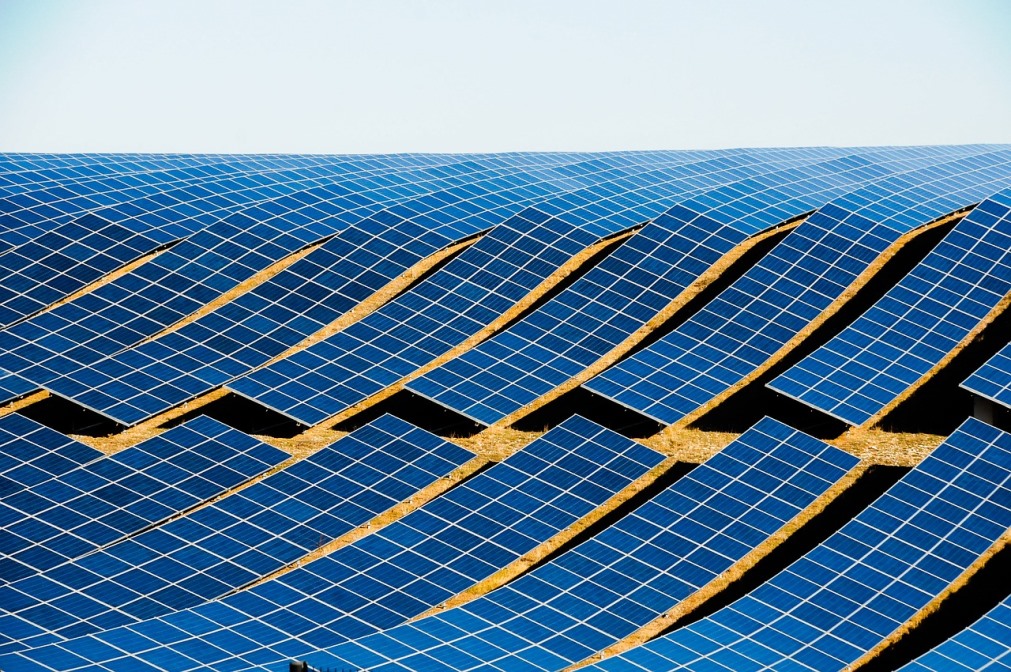FPL claims that the 10 solar plants in Florida can help save consumers millions of dollars in terms of avoided fuel in the long term

Image: FPL starts building 10 solar plants in Florida. Photo: Courtesy of Grégory ROOSE/Pixabay.
Florida Power & Light (FPL) has begun construction of 10 more solar plants across the state of Florida, each with a capacity of 74.5MW, totaling 745MW.
FPL stated that the solar plants are part of its ‘30-by-30’ plan, under which the company aims to install more than 30 million panels by 2030. The solar plants are expected to begin operations by early next year. These solar plants are also expected to create about 2,000 jobs during the peak of construction.
The 10 solar plants include Babcock Preserve Solar Energy Center in Charlotte County, Blue Heron Solar Energy Center in Hendry County, Cattle Ranch Solar Energy Center in DeSoto County, Echo River Solar Energy Center in Suwannee County, Hibiscus Solar Energy Center in Palm Beach County, and Northern Preserve Solar Energy Center in Baker County, among others.
New solar projects to take installed capacity of FPL to 2GW
Presently, the company operates about 1.25GW of solar capacity across 18 solar plants and other small installations. With the 10 new solar plants, the company will have an installed capacity of 2GW, which is enough to power about 400,000 Florida homes, annually with clean energy.
FPL president and CEO Eric Silagy said: “FPL is well on its way to making Florida a world leader in solar energy. This year alone we’re building enough solar to increase our solar capacity by 60% and we are just getting started as we count down to the installation of 30 million panels by 2030.
“With 18 solar plants in operation and 10 more on the way, we’re adding even more emissions-free power to one of the cleanest systems in the nation while consistently keeping our customers’ bills among the lowest in the nation.”
FPL claims that the new solar plants are part of its strategy of advancing affordable clean energy that has resulted in customer bills that are 30% below the national average.
